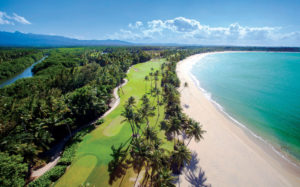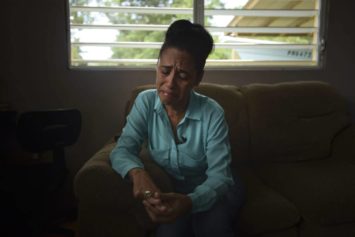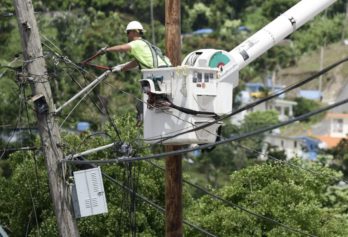
Courtesy of Puerto Rico Tourism Company
SAN JUAN, Puerto Rico — Environmental activists and experts in Puerto Rico breathed a sigh of relief when a law that sought to privatize La Parguera, a public maritime zone in the western coast of Lajas, was rejected. But their battle is far from over. Several public beaches and maritime zones are fighting privatization proposals.
Project #1621, the bill that was recently rejected, intended to legalize floating water houses or casetas. Illegal casetas have existed in La Parguera for decades. The bill would have legalized these homes, allowed the owners to rent the property for up to 40 years, and it would have turned the free public space along the casetas into an exclusive tourism zone.
Local mayors and business owners defended the proposed bill, stating that it could help increase tourism in the region. Some residents said that the owners of such homes help boost the local economy, claiming that they contribute around US$2 million to the small town, which represents 20 percent of Laja’s budget.
“The beaches belong to the people”
Despite its supporters, environmental activists staunchly expressed their opposition through protests and social media, with the phrase “Las Playas son del Pueblo” or “The Beaches belong to the People,” which has become the official slogan for the anti-privatization movement.
Amigos del MAR (Friends of the SEA), an environmental organization founded in 1995 to protect Puerto Rico’s natural resources, were actively lobbying against the bill, writing a letter to Governor Alejandro García Padilla urging him not to sign the controversial law, and recommending various, eco-friendly alternatives, such as allocating funds for studies related to environmental protection.
Legal scholars from various universities in Puerto Rico also joined environmental leaders in trying to orientate politicians about the potential effects of Project #1621, stating that it establishes a disastrous precedent because it conforms to an ongoing tendency of privatization in public areas and it would potentially eliminate access to such spaces.
La Parguera: a coastal gem
In 2014, the Interdisciplinary Center for Coastal Studies at the University of Puerto Rico-Mayagüez published a comprehensive study of the environmental history of La Parguera, detailing its origins as a small fishing village to a popular tourist location with hotels, shops, restaurants and recreational activities.
Famous for its Phosphorescent Bay, “the marine resources that were once the source of income for subsistence, recreational, and commercial nearshore fishing are mostly gone,” making the old fishing village a now distant memory for locals. The study also states that the casetas are indeed illegally occupying the zone and that they “constitute one of the key elements defining policy and governance.”
The law’s original text stated that owners of these casetas have paid the expenses related to the sewage system in La Parguera, but this is also because the houses were responsible for much of the contamination in the area, as stated by the Association of Architects and Landscape Architects.
Read more here.


